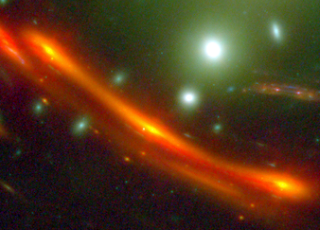
A New H0pe for the Hubble Constant?
The Hubble Tension is one of the great mysteries of modern cosmology…can today’s paper help us solve it?

The Hubble Tension is one of the great mysteries of modern cosmology…can today’s paper help us solve it?
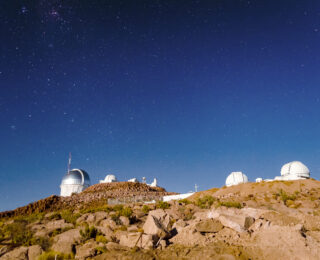
In today’s astrobite, we discuss the results of the cosmology analysis for the Dark Energy Survey, from it’s 5 year supernovae dataset.
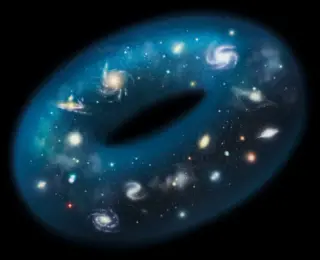
Today’s paper ventures into the realm of Astronomy Education Research, unpacking how students in ASTRO 101 courses think about the shape of the universe.
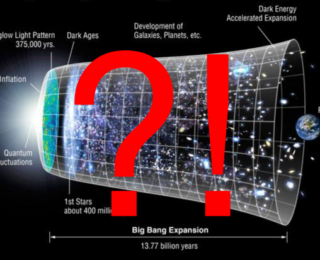
Today’s paper challenges the modifications suggested for the cosmological model as the solution to explain the anomalies observed in JWST.
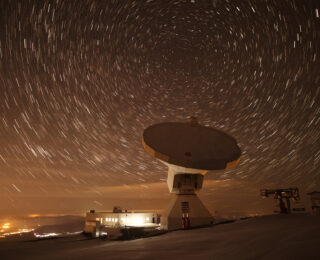
Today’s bite explores how the Cosmological Principle can be tested by counting radio sources across the sky.
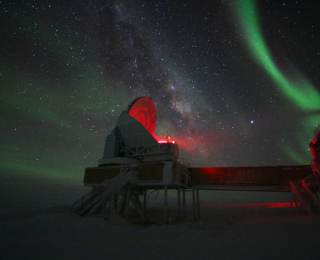
Ever wondered what science gets done at the South Pole? It turns out that many astrophysics and cosmology experiments end up there!